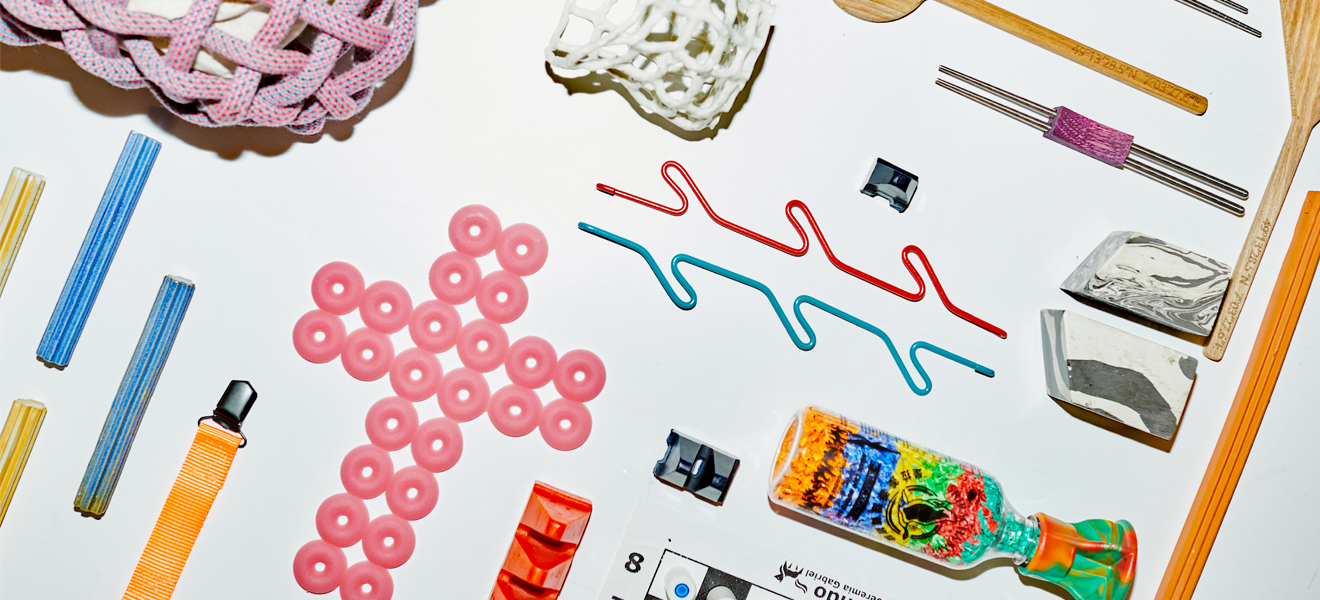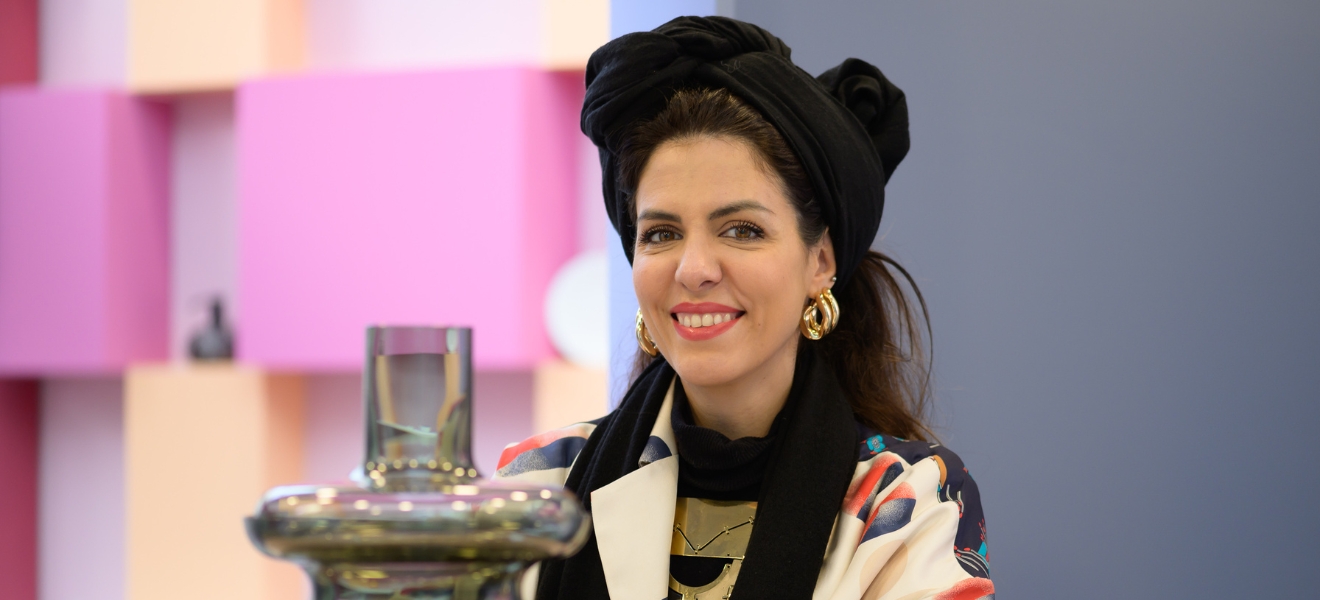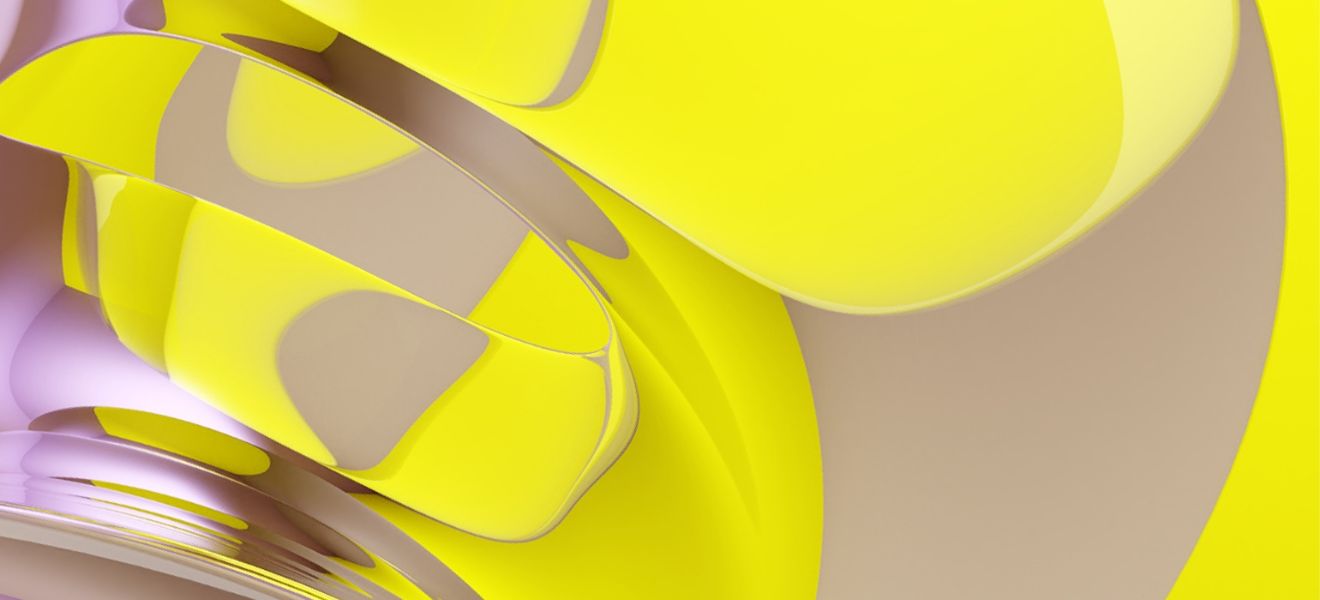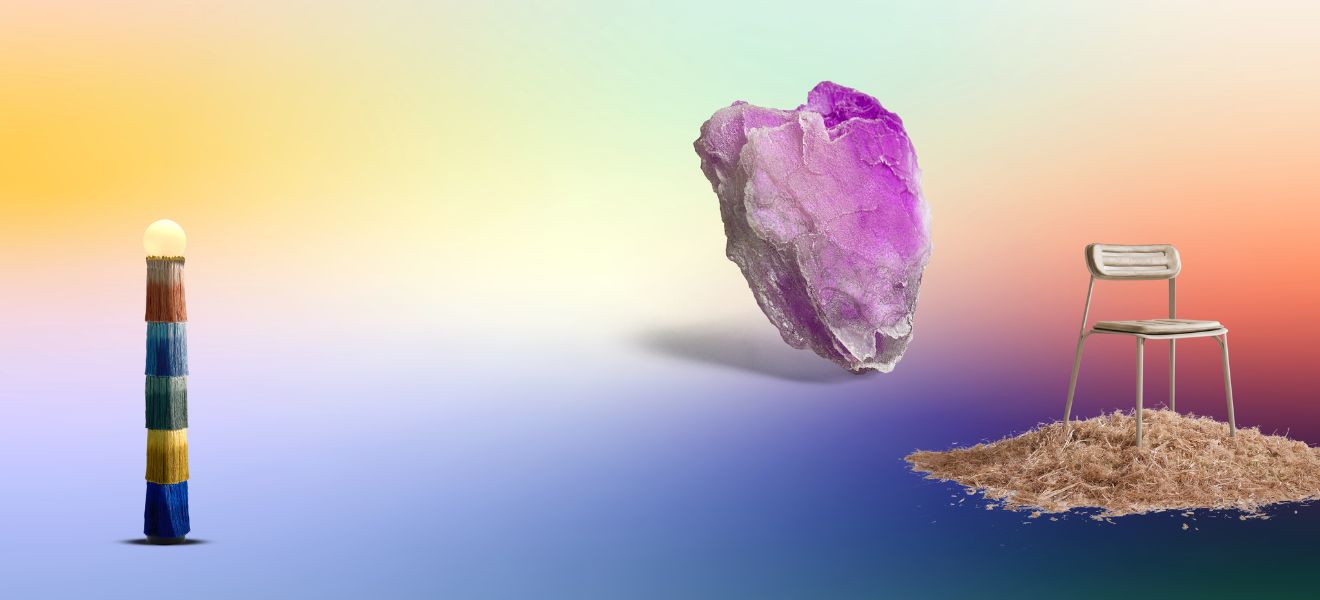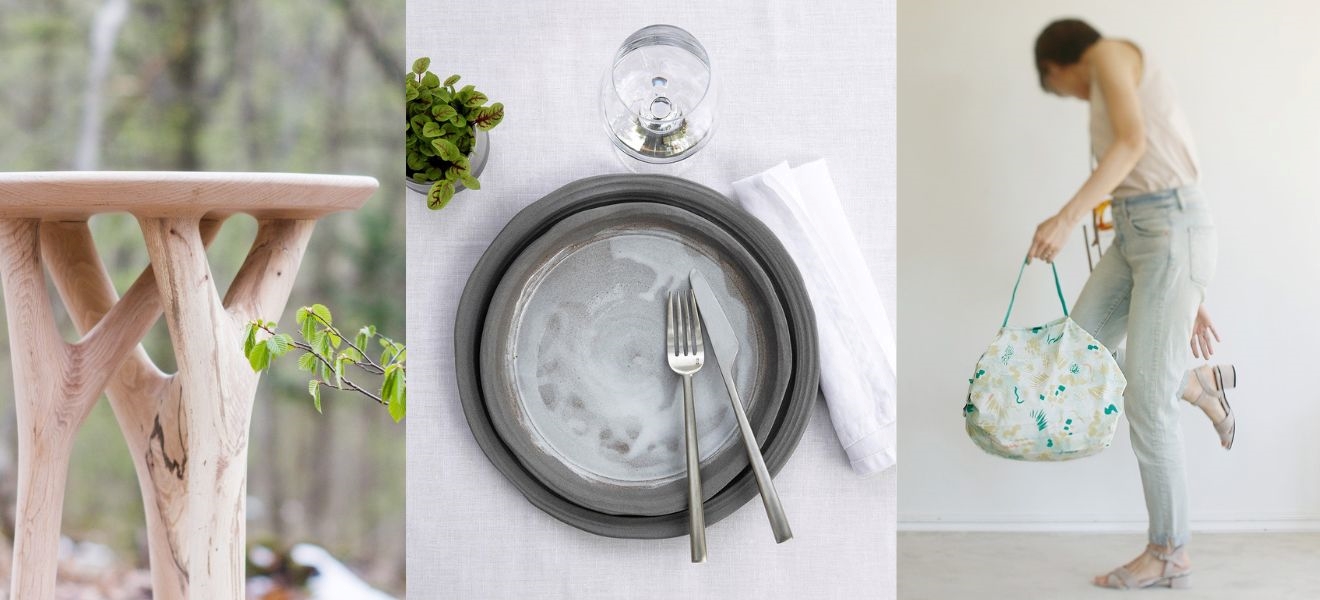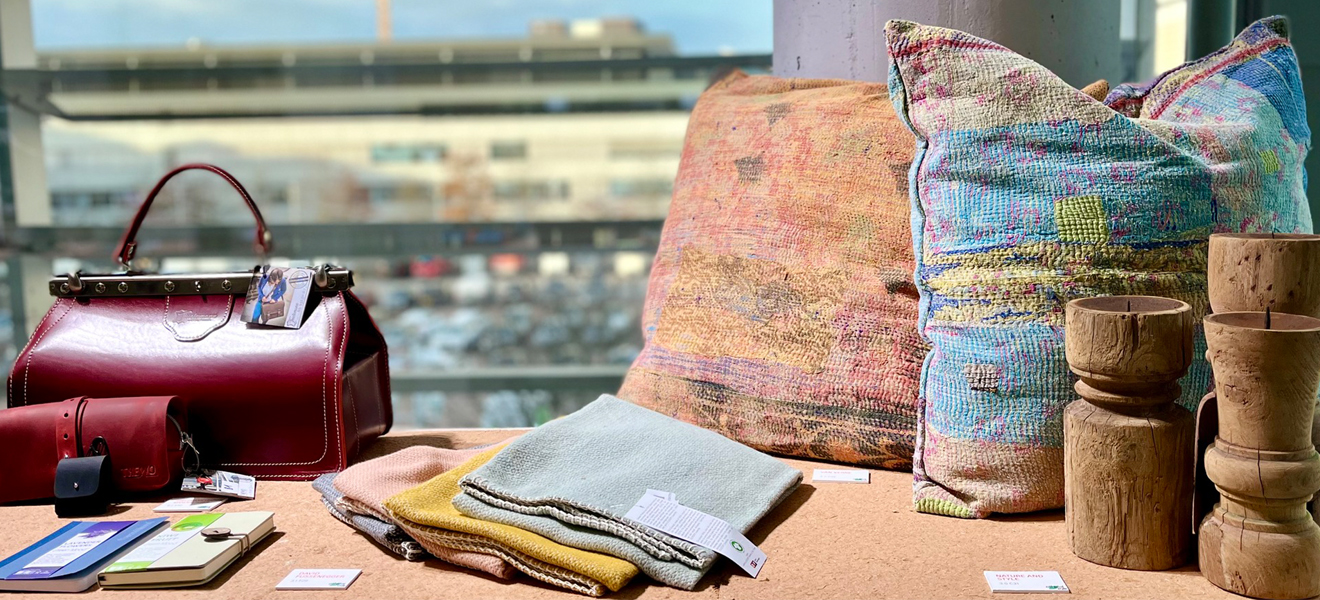In Japan it’s known as wabi-sabi: when products are irregular and even have slight flaws. Yet there’s no problem at all with that. Finding beauty in imperfection is an established aesthetic idea in arts and crafts from the Far East. It gives items an authenticity, a soul of their own, and at Ambiente this was one of the strongest and most appealing design trends for crockery, furniture and living accessories.
Years ago, a good friend of mine who works with quilts and weaving travelled to Tokyo for a competition. She came back enthused about wabi-sabi and told me that quilts made in Japan contain deliberate flaws. These might include a small length of red thread woven into grey fabric, to identify the item as hand-crafted. Later, when I travelled through Japan, I kept on noticing this special aesthetic with its intentional imperfections. In traditional Japanese crafts, things do not need to look perfect: quite the reverse. A tea bowl finished with craquelure (‘cracked’ glaze) will be highly prized.
From art and craft to industrial production
Wabi (侘び) means ‘tasteful simplicity’, while sabi (寂び) translates as ‘antique’ or ‘imperfect appearance’. This combination is nothing new for lovers of hand-crafted items. What is new is that wabi-sabi and the beauty found in imperfection are now increasingly part of industrial product design. This can be seen in crockery with irregular glaze, which gives it a unique identity even though it is mass-produced. People are clearly longing for products that are both durable and authentic. In short: no need to throw an item out if it develops a patina or signs of wear and tear. Nothing will lose its sheen if it never had one to begin with. The message here is positive: it’s overwhelmingly about accepting flaws.

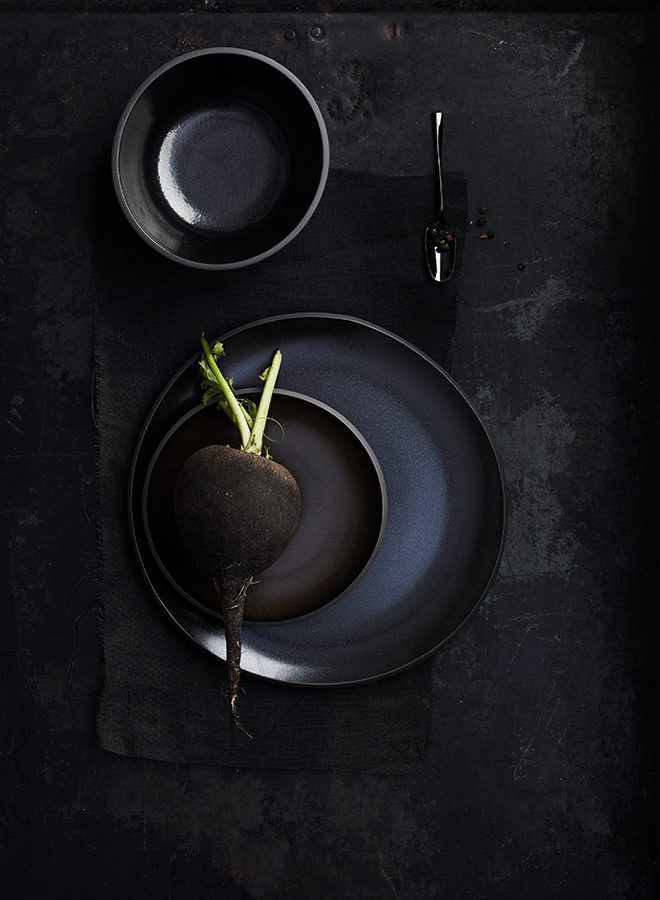
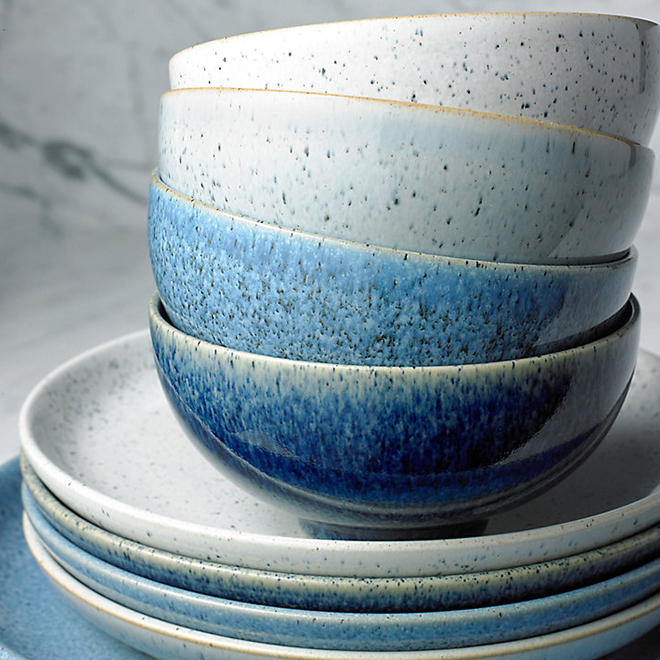
Is wabi-sabi the new hygge?
This is not a style trend, but an aesthetic philosophy. It’s a practice which influences design and is not so dissimilar to the recent major interiors trend for hygge. Both movements embody a sort of marriage between classic, clean modern lines and the traditional arts and crafts approach. While hygge is light and airy, and can therefore be seen as rather feminine, wabi-sabi brings darker colours and a more robust take which may be seen as masculine. Danish manufacturer Muubs makes products with charming rough edges and imperfections, like these tables with visible repairs to the natural cracks in the tree trunk. Similarly, Swedish label Lovely Linen makes these linen cushions. The cushions’ cloth covers have slubs, frayed edges and creases which really bring them to life.
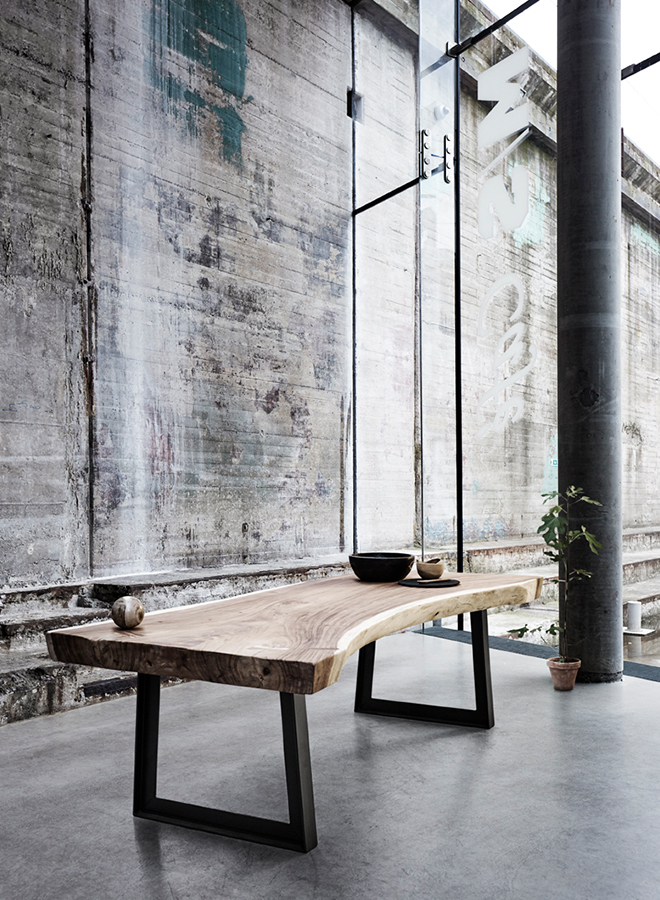
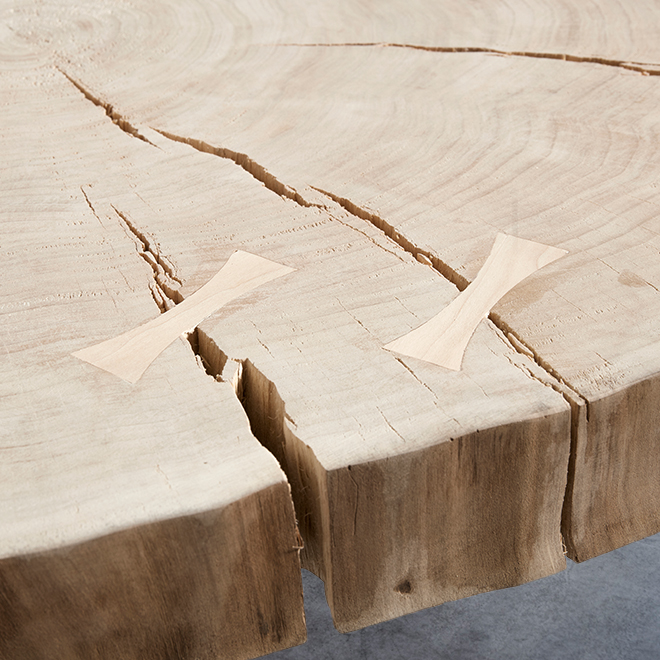
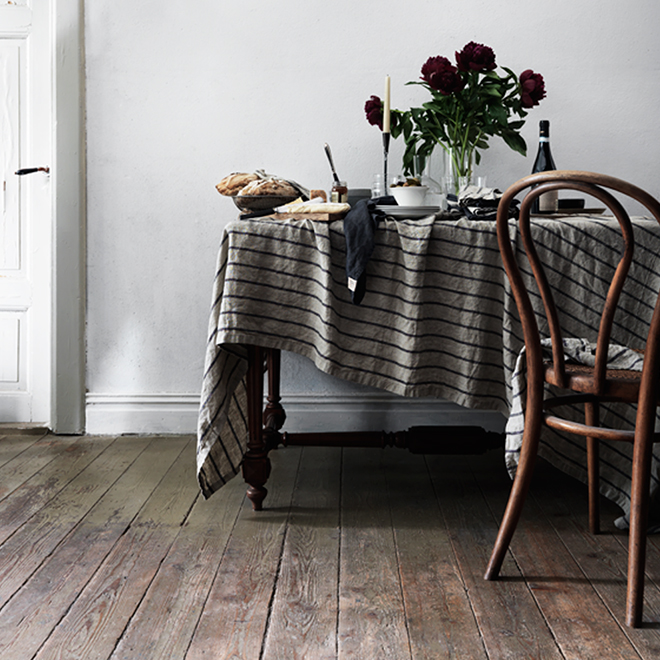
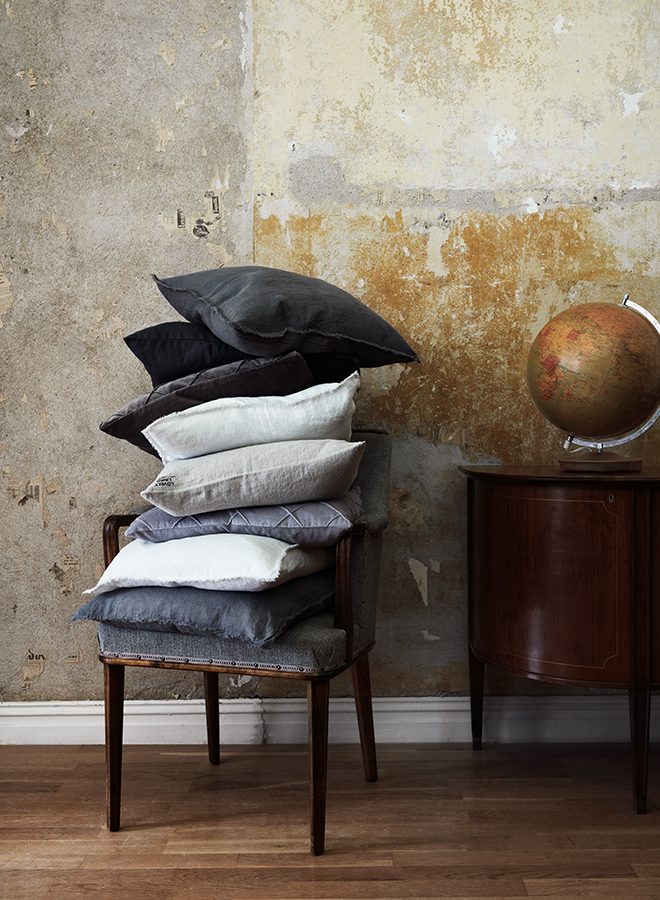
Everyday products with soul
I find it especially exciting that wabi-sabi is not finding its way into our lives through showy prestige objects, but instead comes as part and parcel of everyday items such as chopping boards with real, natural wood grain, hand towels and simple bathroom accessories. It’s really positive that everyday products increasingly meet high design standards. Dutch designer Piet Hein Eek has just launched a limited-edition collection for Ikea which turns the principles of mass production upside down. He says he wanted to design industrially produced items with a personal, human touch for this collection. So he drew the chequerboard pattern for his tea towel freehand. Piet Hein Eek explains: “It looks as if the pattern is handmade, but the towels are actually woven in large batches on a state-of-the-art loom.”
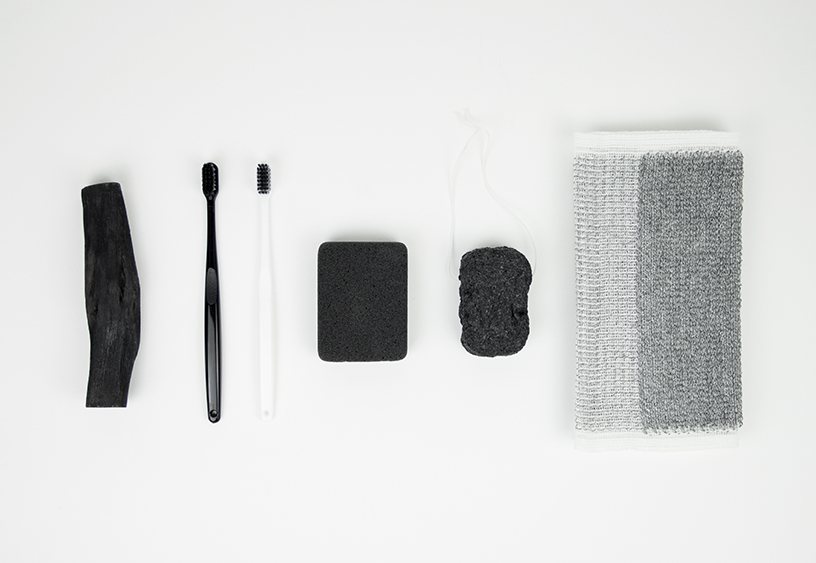
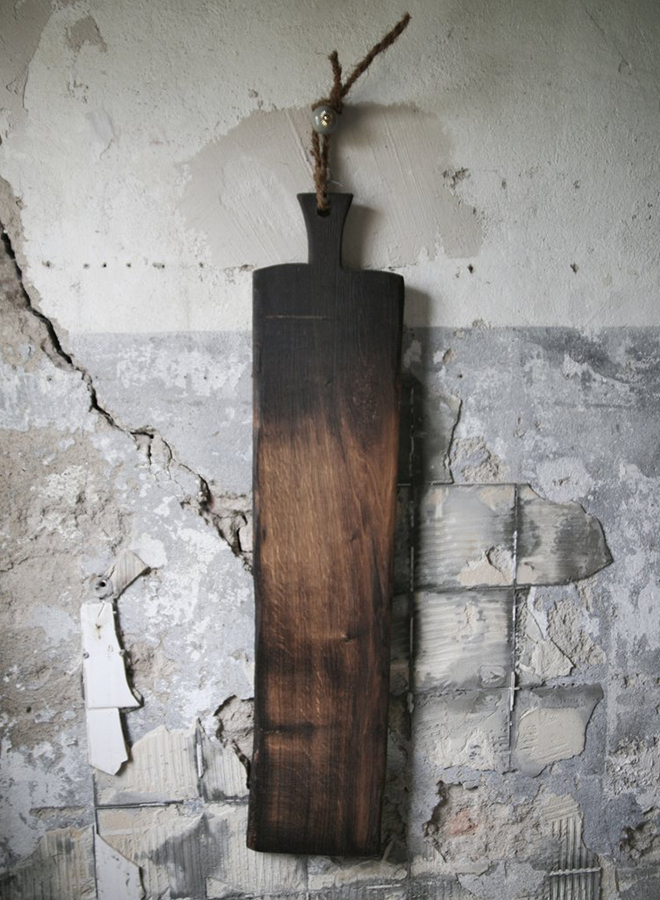
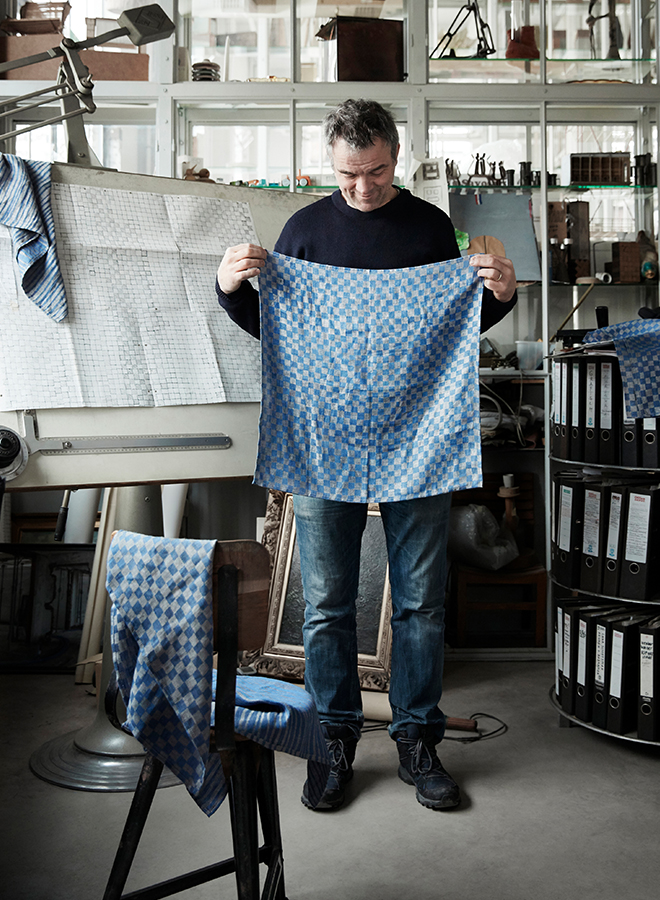
Hand-crafted in a modern design
The pared-down design language traditionally associated with wabi-sabi is another exciting aspect of this style. Wabi stands for simple, unfussy shapes. This is perhaps best illustrated by the purist furniture and accessories from Japanese interior label Time and Style. It’s very impressive that every single piece is hand-made in traditional workshops, from towels to sideboards, from glass carafes to ceramics. The label has several shops in Asia and has recently opened one in Amsterdam: a flagship store which really showcases this strong combination of modernism and traditional craft techniques.
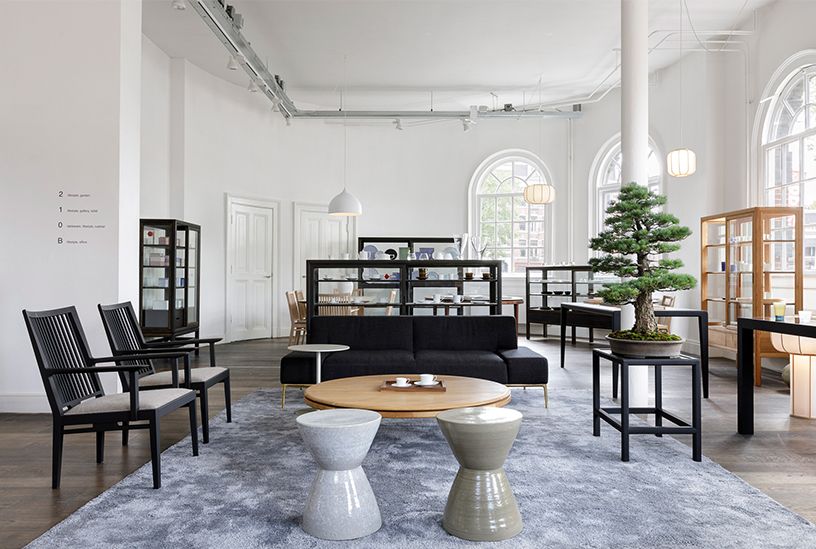
Kintsugi: Golden flaws
Another lovely tradition of valuing imperfection, associated with the wabi-sabi aesthetic, also comes from Japan. Kintsugi (金継ぎ) is a method for repairing ceramics in which broken pottery is painstakingly repaired with golden filler, and ceramic items or tiles gain new, visible golden ‘scars’. This makes it abundantly clear that older objects are not worth less than new ones.

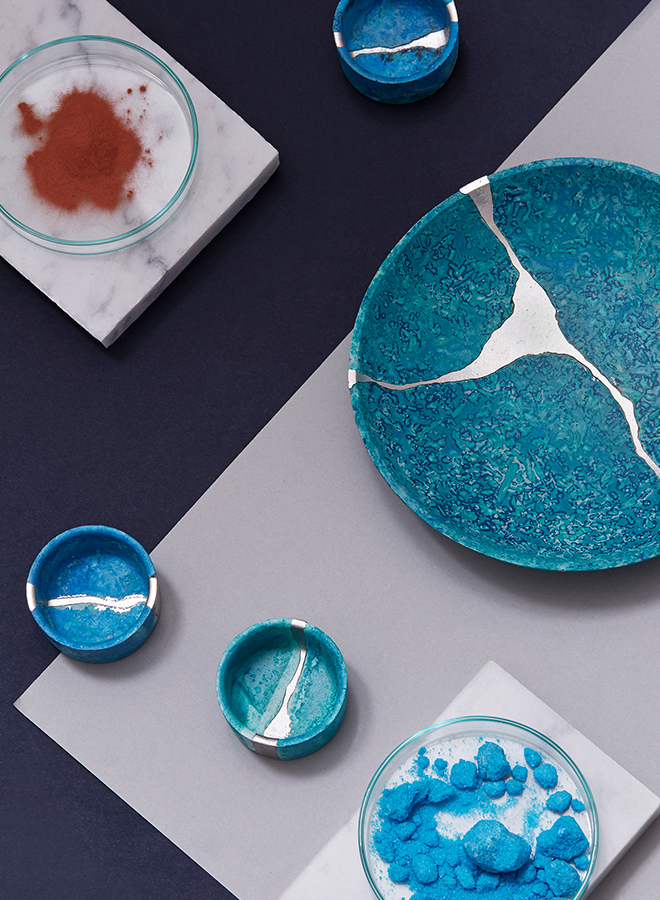

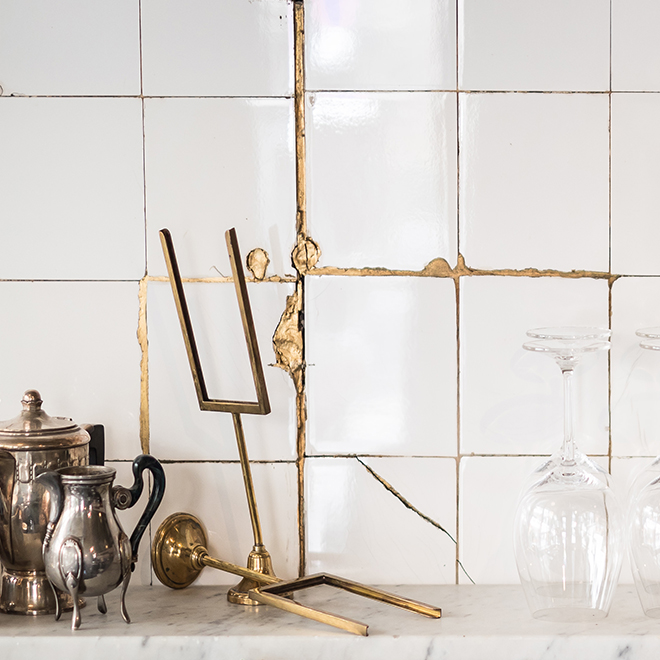
Wabi-sabi fashion
My real passion began in the 1980s with Japanese fashion label Comme des Garçons. It was founded by Rei Kawakubo, who with her use of open hems and asymmetric cuts immediately won over sceptics who had previously had little time for haute couture. For Japan, these were established fashion design principles; for us they were – and still are – revolutionary.
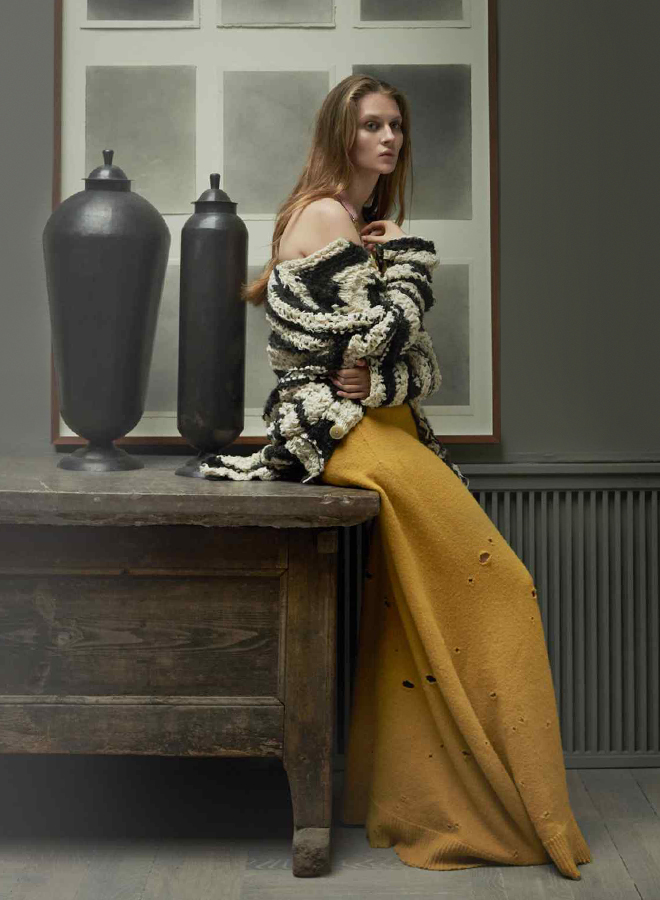

Restaurant tip
If you want to experience the principles of wabi-sabi, you don’t need to travel to Japan. I find many of them reflected in the Frankfurt restaurant Gustav. The interior owes much to traditional craft techniques, food is served on dark crockery with substantial linen serviettes, and even the cuisine follows traditional craft principles. Regional ingredients are prepared in unusual and surprising ways, including smoking, preserving and fermenting.
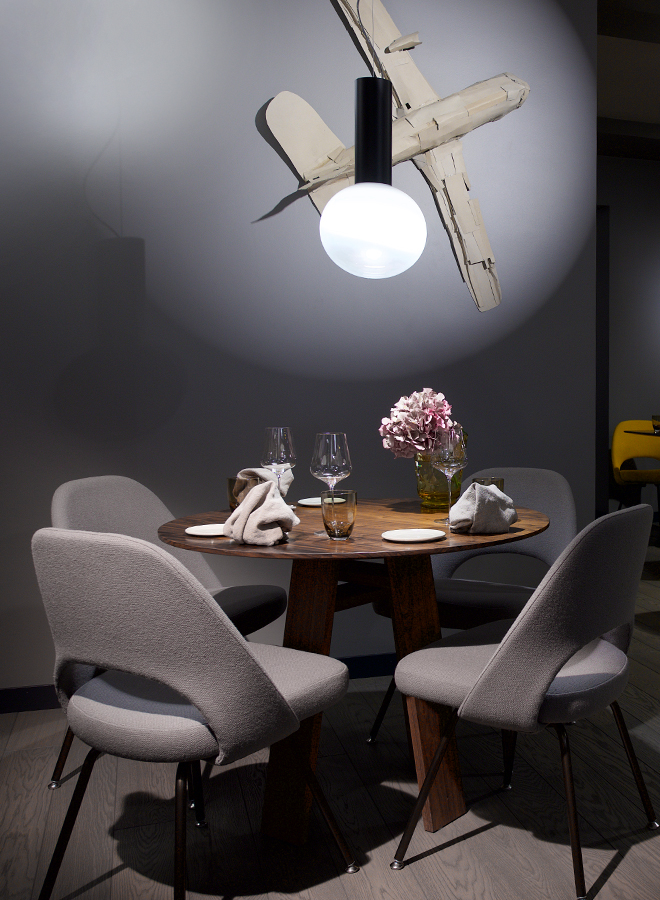

Inspiration, poetry and knowledge: wabi-sabi in books
A good way to immerse yourself in this special form of product design is to read the following books, which I can warmly recommend to anyone interested in this area. From the standard theoretical work that explains to designers the centuries-old philosophy of wabi-sabi through to the richly illustrated coffee table book with ideas for interior décor.
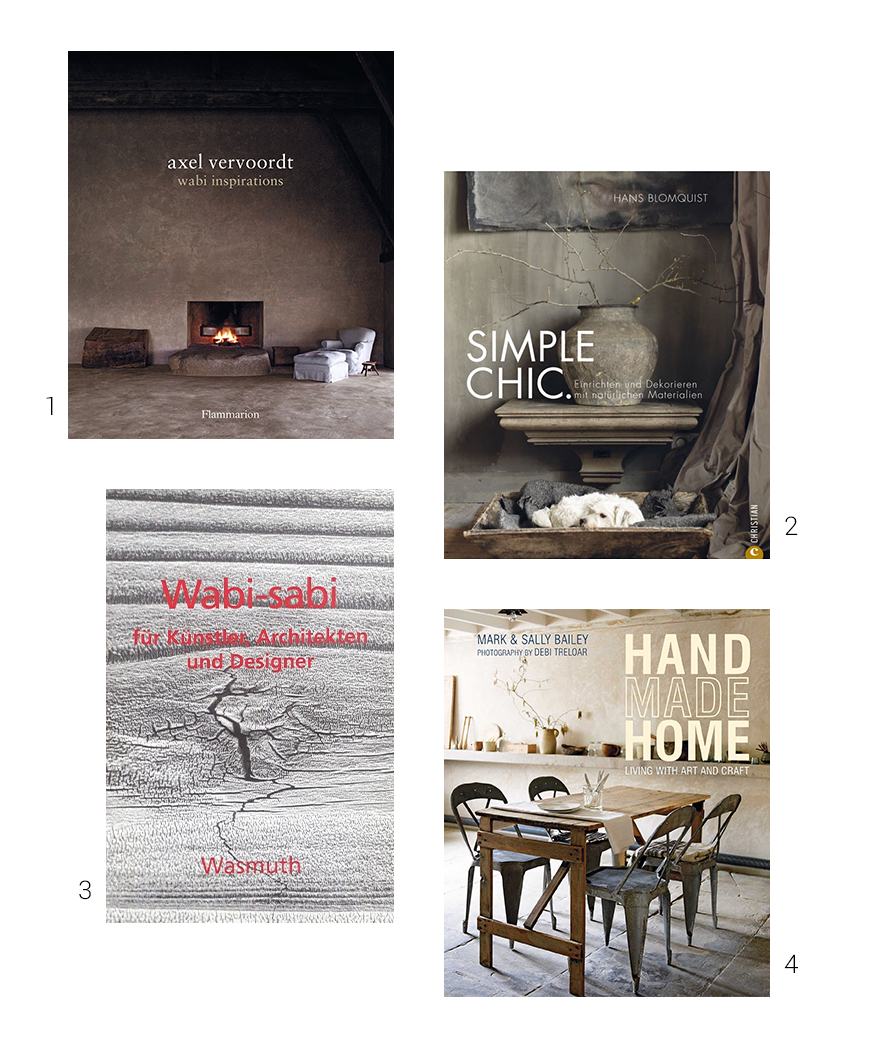
2 Hans Blomquist: Simple Chic, Christian publisher
3 Leonard Koren: Wabi-Sabi for Artists, Architects and Designers, Wasmuth publisher
4 Mark & Sally Bailey: Handmade Home, Ryland Peters & Small publisher

